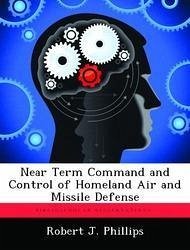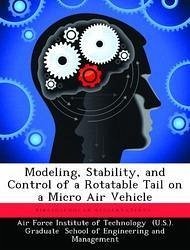Nicht lieferbar

Air Control
Strategy for a Smaller United States Air Force
Versandkostenfrei!
Nicht lieferbar
In 1921 as England faced severe financial pressures resulting from the economic strain of World War I, the British government sought a military strategy for policing its newly acquired Middle East mandates. After a successful demonstration of airpower's effectiveness in Somaliland, the British adopted and implemented an air control strategy in Mesopotamia, Transjordan, Palestine, and Aden. Until 1936 air control was the military strategy for those areas. Air control changed the central notion of military strategy in that theater from a surface-based to an aerial-based scheme. The Royal Air For...
In 1921 as England faced severe financial pressures resulting from the economic strain of World War I, the British government sought a military strategy for policing its newly acquired Middle East mandates. After a successful demonstration of airpower's effectiveness in Somaliland, the British adopted and implemented an air control strategy in Mesopotamia, Transjordan, Palestine, and Aden. Until 1936 air control was the military strategy for those areas. Air control changed the central notion of military strategy in that theater from a surface-based to an aerial-based scheme. The Royal Air Force (RAF) enjoyed success and encountered failure when it employed the air control strategy under various conditions. After World War II, almost 20 years after the RAF abandoned air control, the United States Air Force (USAF) explored the control concept as a potential deterrent strategy. Dubbed Project Control, the USAF ultimately declined the study's main tenets but implemented elements of its proposals. Thereafter, air control remained a dormant design until the 1990-91 Persian Gulf War. There elements of the control strategy reemerged as a common thread in the conduct of the air war. This analysis of air control examines all three conceptual frameworks. By assessing the validity of the RAF and USAF models, this study finds that air control provides political and military leaders a military strategy for a smaller defense establishment. It also identifies shortcomings and advises caution when choosing the escalatory pattern of the control model.















